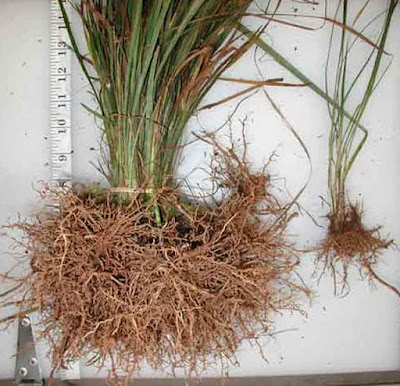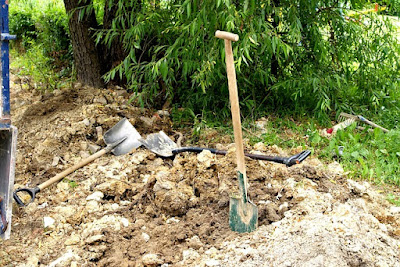.jpg) |
| Native Gelsemium |
Nature flourishes all around us. It’s no wonder. The native plants and wildlife are well-adapted to thrive in our localities. Native plants proliferate because the soil, climate and moisture meet their exact needs, and they have natural defenses against pests and diseases. Native wildlife and plants “grew up together”, so to speak. They have natural affinities. Native plants provide those things which wild things need for continuing existence: food, shelter, and places to reproduce. They’ve been prospering together for millenia.
Yet, we often struggle to grow non-native plants in our gardens. Why work so hard? Start a native plant garden. Because they are naturally adapted, they don’t need the care that many non-native plants require. Furthermore, landscaping with native plants benefits the local environment and its wildlife, too.
Native plants are those which exist naturally in the environment and were not introduced by humans. How do you tell, though, which are native plants, and which are not? Sometimes it’s hard to determine, especially when invasive non-native species have taken over.
Begin by observing your surroundings. Check out the soil, moisture levels, sun exposure, trees, shrubs, vines, forbs, and grass-like things. Even the “weeds.” Write stuff down, especially noting flowers, attractive seeds, leaves, branches and bark, and where plants are growing.
If you can’t identify your native plants, get a book on the subject from your local library, or buy one. I have several texts on native plants of the southeastern United States. No doubt there are similar books for your region. There are probably smartphone apps to aid in plant identification. The National Wildlife Federation has a neat tool, Native Plant Finder, that allows you to enter your zip code to discover appropriate plants.
As with any garden, determine the correct location, or use whatever limited area is available to you. Take the soil type, sun exposure, and moisture level into account, then choose your plants accordingly.
Prepare the soil as you would for any garden or landscape. Begin with a soil test. Add amendments and cultivate it, if recommended. You might remove existing grasses and weeds, unless some of the weeds are native and desirable.
Principles of garden design are pretty much the same for a native plant garden as for any other. Install plants with similar requirements together. Stagger bloom times and other seasons of interest so you always have something lovely going on in your space.
To incorporate your native plant garden into the landscape, consider using locally sourced elements that say something about your region to give a sense of place. These might include shells and stone, boulders, sculptures, farm implements, or historical features.
Over time, you should find that your native plant garden requires less care than conventional plantings because the inhabitants actually belong there!
Return to GoGardenNow.









